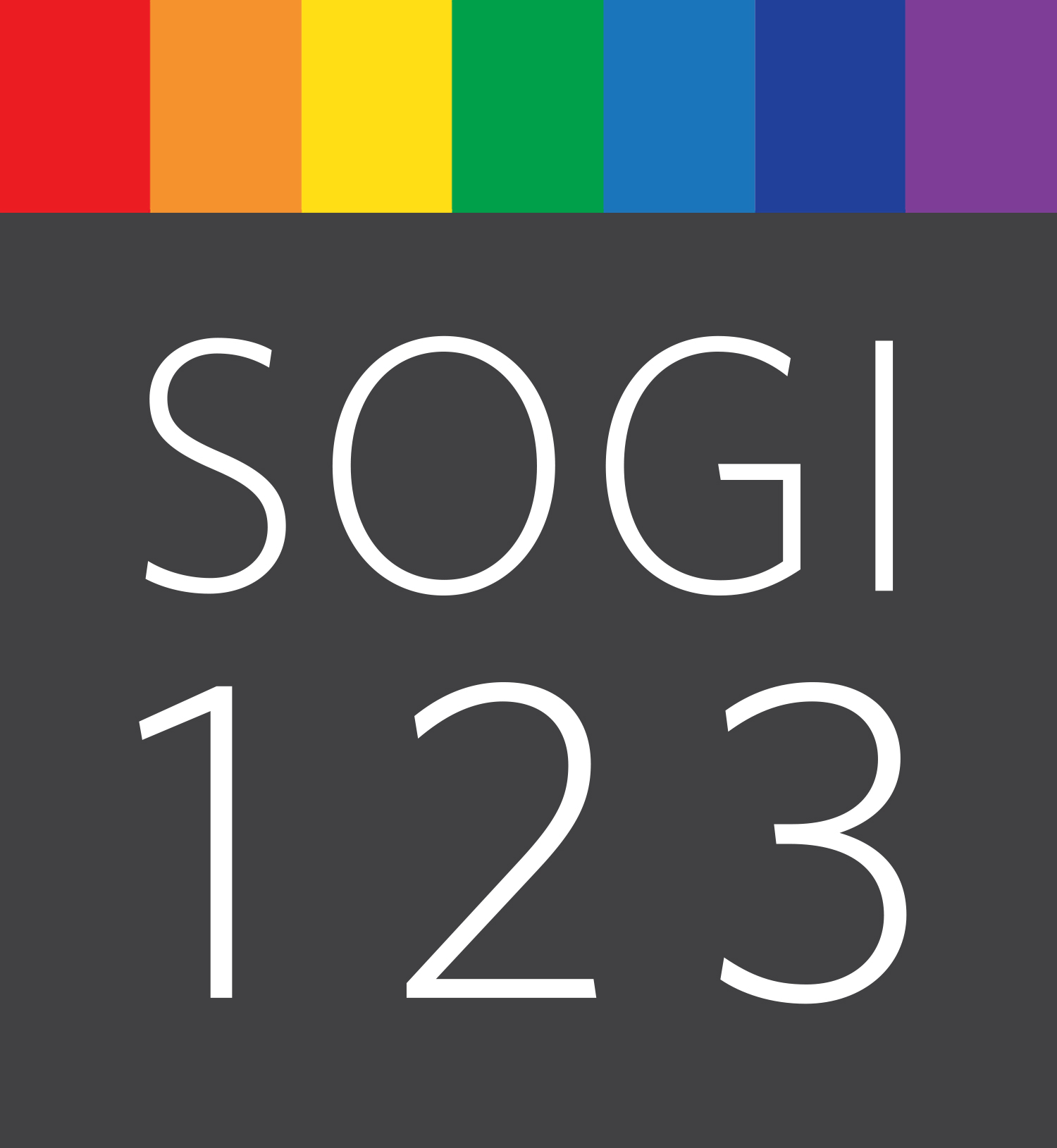Three Tips for Effective Development
Creating or revamping SOGI-inclusive policies or procedures can be a daunting task. Define the need and be clear on what and how you are moving forward. The options below have all been used in a variety of combinations by other schools and districts; weighing the pros and cons of each can go a long way towards kicking your project off right.
Policy vs Procedure:
“Policies” can be seen as protocols that are set at the board level, whether dealing with elected school trustees, Independent school boards, or First Nations Band Councils. These are more likely to be high level statements of commitment and less flexible.
“Procedures” can be seen as guidelines that are set at the staff level. These are more likely to be operational in nature and can be adapted or update more easily by staff.
Stand Alone vs Integrated:
Having a stand-alone SOGI-inclusive policy or procedure has proven useful to some schools and districts in the past as they can send a powerful message of commitment and support that is specific to SOGI.
Having an integrated policy such as “Inclusive Schools” has proven useful to some schools and districts in the past because it can be easier to make connections between other, sometimes overlapping, types of support and protection that students might need.
External vs Internal:
Having an external or public consultation process can open the opportunity for many voices to have meaningful input into the process. Ideally, more voices also means greater diversity of voices and a better outcome.
Keeping the process internal may protect you from being thrust into the public eye and opening you up to an unnecessary battle. It can also allow more curation of those who are giving meaningful impact by creating a team that can thoughtfully balanced their input.
Remember! Both approaches can be valid and you can determine that either one or both are needed for all three categories. The important thing is to consider what is best for your community and to ensure there is clear documentation.
